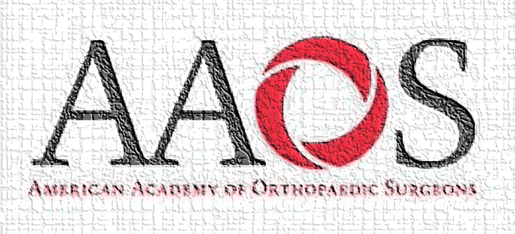Non-Healing Fractures: Injecting Stem Cells helps Heal Fractures Faster than Traditional Surgery
In a paper just presented at the American Academy of Orthopedic Surgeon’s annual meeting, patients with slow healing fractures of the tibia showed faster healing when concentrated stem cells and PRP were injected into the fracture lines. The mean time to full healing was 71 days in 12 patients receiving the stem cell therapy compared with 112 days in a control group of 12 patients receiving usual surgical care (P<0.05). To us this isn’t surprising, as we’ve been treating non-healing fractures with stem cells in a similar fashion for years. The typical treatment for a non-healing tibial fracture is an autologous cancellous bone graft, which requires two surgeries — one to harvest the bone and another to implant it in the fracture line. In this study of patients with non-healing tibial fractures, the stem cell injection group beat the surgical group. Obviously, injecting stem cells into a non-healing fracture is far less invasive than opening up the fracture site surgically and implanting a bone graft. The upshot? We believe that many more studies will be published (including our own) in the next few years that show that many standard orthopedic surgical procedures can be replaced by various stem cell injection techniques. In addition, many standard orthopedic surgical techniques will be able to be augmented by adding stem cells.

If you have questions or comments about this blog post, please email us at [email protected]
NOTE: This blog post provides general information to help the reader better understand regenerative medicine, musculoskeletal health, and related subjects. All content provided in this blog, website, or any linked materials, including text, graphics, images, patient profiles, outcomes, and information, are not intended and should not be considered or used as a substitute for medical advice, diagnosis, or treatment. Please always consult with a professional and certified healthcare provider to discuss if a treatment is right for you.
